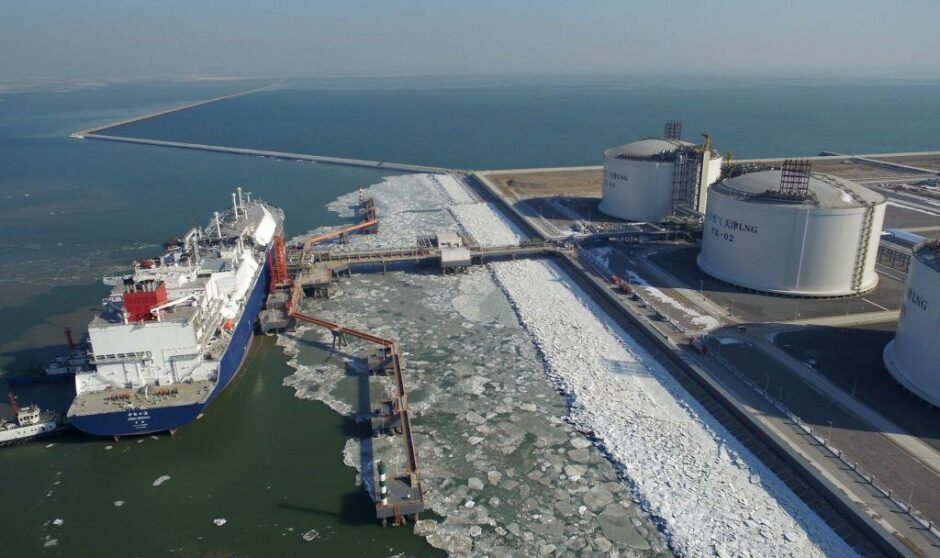
China and India will significantly expand their LNG import infrastructure over the next five years with the pair, led by China, set to record the highest LNG regasification capacity additions in Asia.
China is set to register the highest liquefied natural gas (LNG) regasification capacity additions in Asia between 2022 and 2026, accounting for a share of about 34% of the region’s total capacity additions by 2026, reports GlobalData, a data and analytics company.
GlobalData’s report, “LNG Industry (Liquefaction and Regasification) Capacity and Capital Expenditure (CapEx) Forecast by Region and Countries, All Active Plants, Planned and Announced Projects, 2022-2026,” reveals that China is likely to witness a total LNG regasification capacity addition of 6,602 billion cubic feet (bcf) by 2026. Of this, 5,123 bcf of capacity is expected to come from the new build terminals, while the remaining capacity will be from the expansion of the existing regasification terminals.
Himani Pant Pandey, Oil and Gas Analyst at GlobalData, comments: “The planned Tangshan II terminal will be the largest contributor to the LNG regasification capacity additions in China. To be operated by the Caofeidian Xintian LNG, the terminal is expected to start operations in 2022 with a capacity of 341 bcf, which is further expected to increase to 584 bcf by 2026.”
The second largest contributor among the new build projects is Yantai I, which is likely to add a capacity of 487 bcf by 2026. The Yantai LNG Group is the operator of the planned regasification terminal.
Among the expansion projects, the Qingdao Expansion II regasification terminal will be the largest contributor to the capacity additions in China, with 341 bcf of capacity expected to be added by 2023.
India
India is set to register the second highest LNG regasification capacity additions in Asia between 2022 and 2026, accounting for about 21% of the region’s total capacity additions by 2026, reported GlobalData.
GlobalData’s report, reveals that India is likely to witness total LNG regasification capacity additions of 4,174 bcf by 2026. Out of this, 3,589 bcf of capacity is likely to come from the new build terminals, while the remaining is from the expansion of the existing regasification terminals.
“In India, a significant part of the capacity additions will be through new build projects with the announced Jaigarh Port terminal being the largest among them with a capacity of 390 bcf. To be operated by H-Energy, the terminal is expected to become operational in 2025,” noted Pandey.
The second largest contributor among the new build projects in the country is the Kakinada GBS Floating terminal, which is likely to add a capacity of 351 bcf by 2024. The Crown LNG India AS is the operator of the announced regasification terminal.
With a capacity of 244 bcf, the Hazira Expansion regasification terminal will be the biggest contributor to India’s LNG regasification capacity additions among the expansion projects. It is expected to come online by 2025.
Recommended for you
